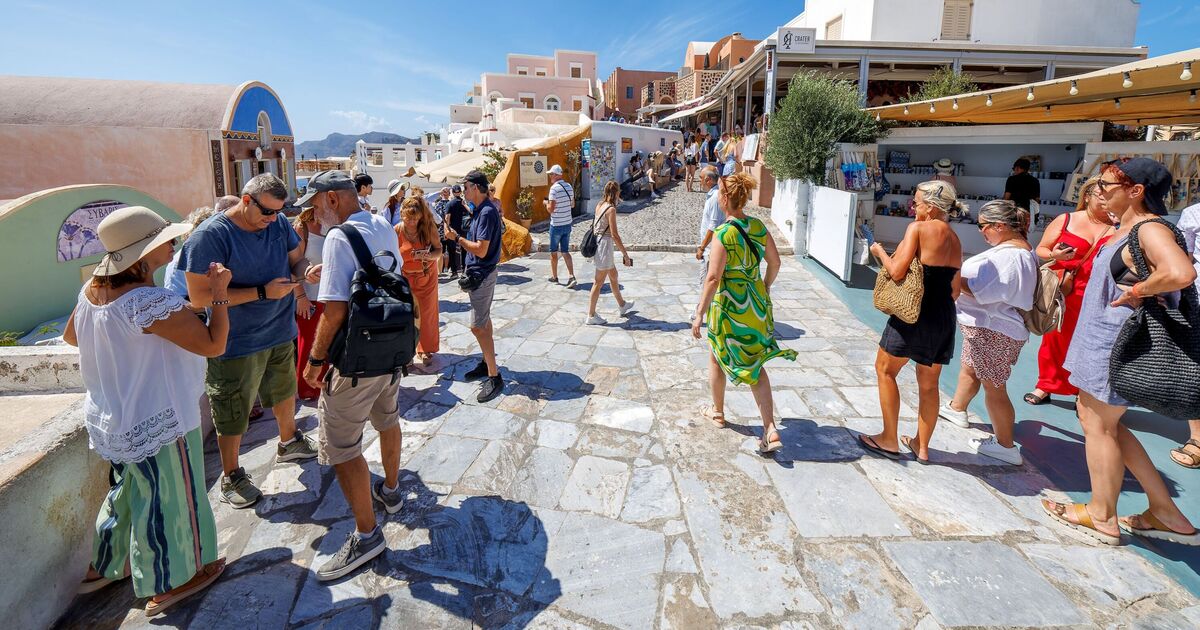Mass tourism in Greece is putting workers under extreme conditions driving them to join in the Europe wide protests.
Mainland Spain and the Canary Islands have seen an increased number of protests sweeping the country, with a fresh wave of anti-tourism demonstrations now planned in Greece this week.
Workers in the industry are claiming they are at breaking point with not enough members of staff available to cover the hours tourists demand from them.
Industry staff say their wages are extremely low and not in line with inflation.
In April, the Greek government set a universal minimum monthly wage of €830 (£690), with a daily minimum of €37.7 (£31.3) which was a payrise of 6.4 percent for tourism workers, according to Reuters.
However, Giorgos Hotzoglou, President of the Hellenic Federation of Tourism Employees is asking for further increases.
“We are asking for an increase of 12 percent for the next two years, that is six percent for each year. We are also asking – in 2024 – that the 5-day/40-hour working week also be applied to us,” says Hotzoglou.
Greece has seen an increase in visitors over the past years, with more than 36 million people travelling to the country in 2023, Statista reports. This is a six percent increase since 2019.
Tourists arriving in Greece will be a target for protestors as they plan to hand out leaflets explaining their distress while working at airports, ports and archaeological sites.
Other public services including water and waste management have also seen a strain as a result in the mass visitation.
The Greek island of Santorini has seen a particular influx of people as the infamous, picture-perfect island attracts Instagram users all wanting to get the perfect sunset snap.
Measures were taken earlier this year to reduce the number of tourists visiting the saturated island. Greece’s Prime Minister Kyriacos Mitsotakis introduced a €20 (£16) levy on cruise ship passengers which were carrying up to 17,000 passengers on a single day.
With the number of holidaymakers growing year on year, the locals are at breaking point. Overbuilding to accommodate the major inundation has resulted in concrete covering 15 percent of the tiny island, changing its scenic natural beauty.
